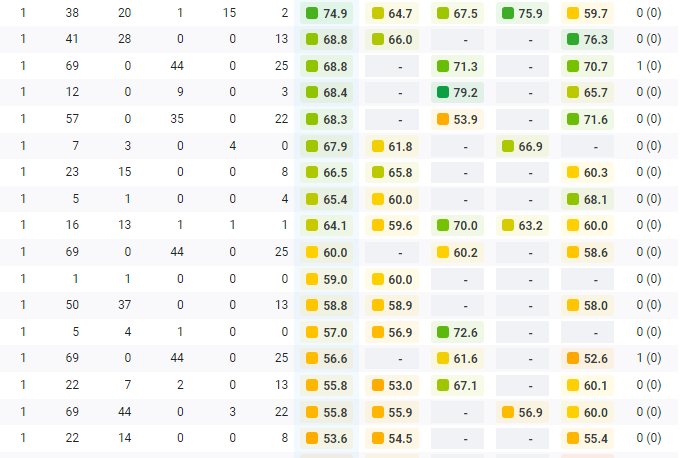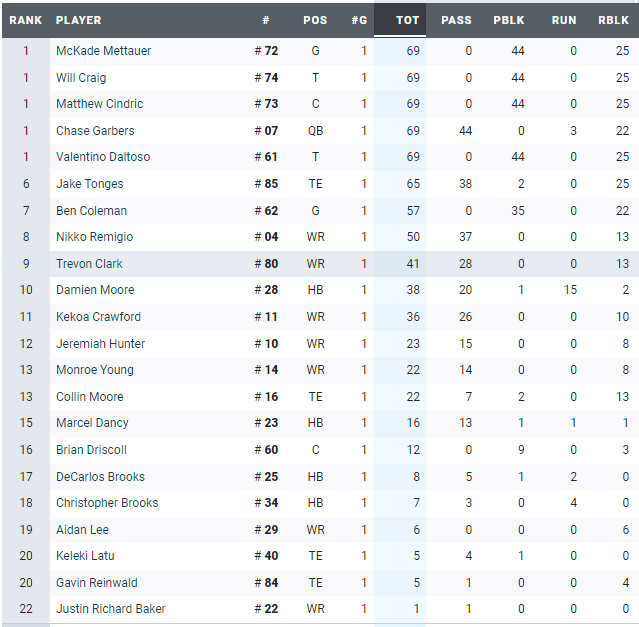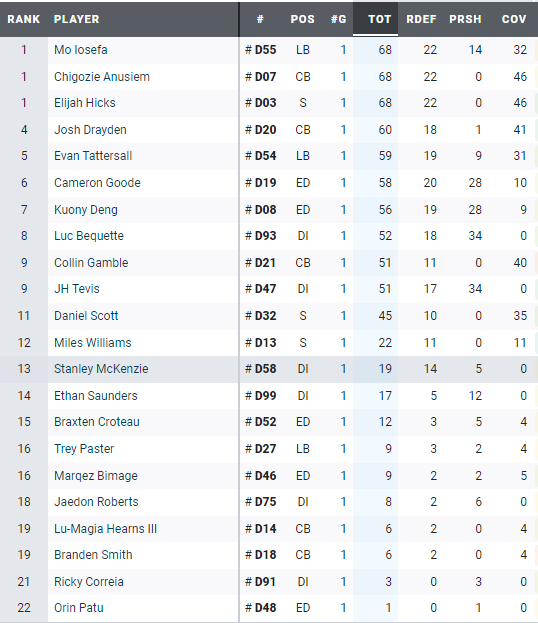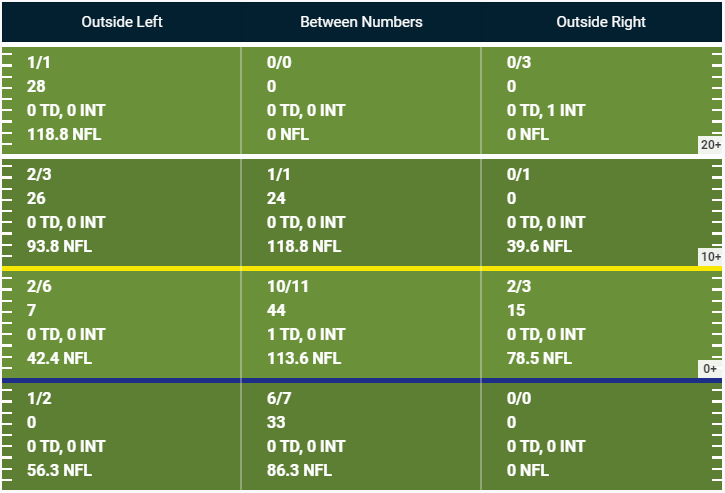PFF Review: Looking for bright spots
What do the fancyscouts reveal?
Unfamiliar with PFF and their scouting grades? Go back and read last week’s introduction, which will help you contextualize the numbers we’ll be discussing below.
And as a reminder, after this week our PFF articles will be a part of Write for California premium subscribers, so here’s another opportunity to subscribe:
Snap Counts
Let’s start with the basics - here’s who played vs. Nevada, starting with the offense:
Notes & Observations:
Four linemen played every snap, with the only rotation coming with Brian Driscoll rotating in for Ben Coleman for 12 snaps
Aidan Lee and Justin Baker both got brief looks, but the bulk of the playing time at WR went to just five players - the established trio of Remigio, Clark, and Crawford, plus Monroe Young and Jeremiah Hunter
97 total snaps for tight ends, indicating that Cal was in a two tight end set for half the game. Four different tight ends got into the game, including true freshman Keleki Latu but not true freshman Jermaine Terry!
Notes & Observations:
Unlike last year when Cal played a very limited rotation, essentially the entire two deep got playing time on defense.
If you’re looking for a position where depth might be a bigger concern, it’s worth noting that Cal’s starting inside linebackers played 127 of 136 available snaps.
Comparatively, there was plenty of rotation along the defensive line, with six different players getting snaps despite Cal frequently playing a two lineman formation.
Lu-Magia Hearns was the only true freshman to get snaps on defense
Team Grades
Notes & Observations:
Cal’s running game graded higher than run blocking, an indication of a strong performance from Cal’s running backs and/or weak defending from Nevada.
Conversely, Cal’s pass blocking graded ahead of Cal’s passing and receiver ratings, indicating that pressure wasn’t the primary issue for Cal’s air attack.
The defense was generally graded quite well, with the exception of tackling, as PFF credited Nevada with 12 total missed tackles/tackles broken by Nevada. 10 of those came in the running game, where Cal generally had players in position to shut down runs, but didn’t always get the runner down immediately.
Cal’s special teams were graded ahead of Nevada’s. I can’t say I understand that.
Perhaps most fascinating of all? Cal’s overall grade of 74.4 is ahead of Nevada’s overall grade of 66.9. Possible explanations for this oddity:
Better playcalling, i.e. Cal’s players won more individual matchups, but Nevada’s playcalling created space and/or matchups that Nevada could exploit.
PFF’s grading isn’t able to adequately reward explosiveness. The difference in the game was that Nevada was able to hit on a few explosive pass plays, while Cal may have been the slightly better team on a more down-by-down basis. And PFF’s grading is more about playing consistently well across many plays, vs. hitting on a couple of big plays but struggling in others.
The PFF grader for this game is a UNLV fan?
Pass Chart
Notes & Observations:
29 of Cal’s 38 pass attempts were within 10 yards of the line of scrimmage, which isn’t particularly unusual for Cal (or many college teams) but another indication of how unexplosive Cal was.
Jeremiah Hunter’s contested sideline grab was the longest play of the game, and hopefully just the first glimpse of what could be a very fun Cal career.
One of the weird little tidbits from last year’s PFF data is that Chase was much more successful throwing to the left side of the field than the right, and that pattern has continued for one more game. I have no explanation.
Players of the Game
Offense: Damien Moore
By a solid margin, Cal’s lead running back was the highest graded man on offense. His grade of 75.9 exceeds his season grade from last year, and he graded out decently as a route runner as well, which was something we talked about as a potential area of growth just last week.
Defense: Josh Drayden
Cal’s do-everything DB, Drayden was targeted 7 times but only gave up 3 catches; two of those were very short gains snuffed out near the line of scrimmage.
Honorable mention: Miles Williams
He only played 22 snaps, but Cal’s sophomore safety had the highest grade across the entire roster at 86.8. Obviously his goalline interception stands out, but he didn’t get thrown at much in his time on the field, indicating that he handled his assignments with quiet success.
A look ahead to TCU
I’m not going to spend any time trying to parse what TCU’s grades against Duquesne (good, duh) mean, since PFF grades aren’t curved for lower division opponents. Instead, what can we pull from TCU’s 2020 grades?
You’ll note a general pattern of improvement that isn’t entirely down to schedule strength. Sure, playing Kansas and Louisiana Tech is easier than Iowa State and Oklahoma, but TCU also put out a strong late-season performance against Oklahoma State.
Run defense was iffy against anybody who could competently run the ball, which is comforting. Cal riding Damien Moore and Chris Brooks on offense would be one plausible path to a road upset.
Conversely, Cal’s run defense and tackling are going to have to be on point, because running QB Max Duggan and RB Kendre Miller are a legit dual threat with plenty of broken tackles.
TCU’s coverage grades out ahead of their pass pressure, an indication that Chase will be challenged to make the right reads, but that he’ll hopefully have a bit of time to do so.








Nick. Did you quit your day job?
Thanks Nick! Great information